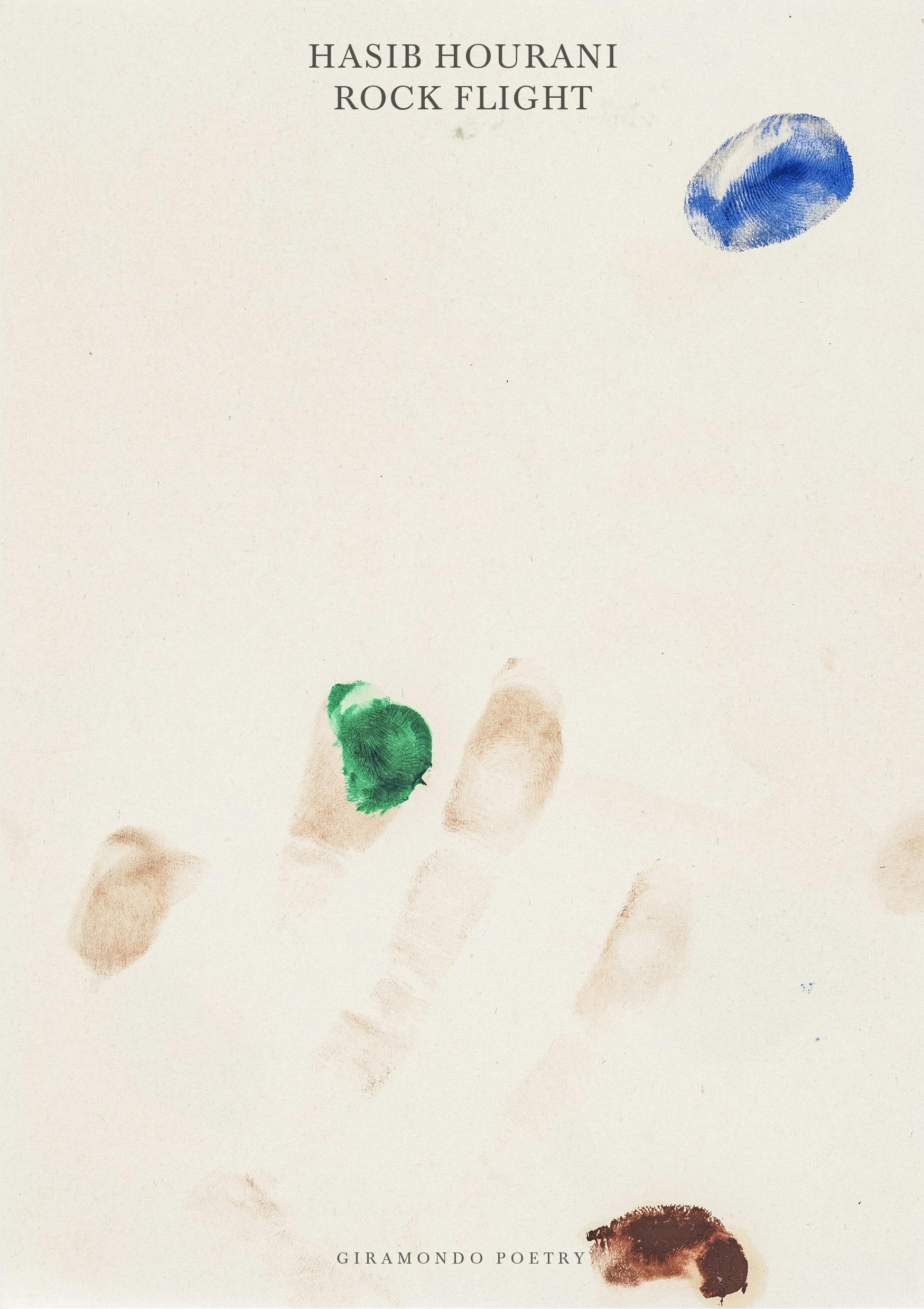We are told what is happening is self-defence and so when Hourani says ‘the more time i spend with words the more i realise that they do not mean anything at all’, it is hard not to agree. Perhaps this is why Hourani leaves so much blank space – a refusal, of sorts, to continue playing semantics. Then again, like all things in rock flight, meaning nests within meaning.
Diné poet Orlando White describes white space as a ‘poetic field’ through which one may ‘express a silence’ (original italics). The silences Hourani is concerned with are not only those of poetic rhythm or structure, but, more pressingly, those that undergird the Global North’s relation to Palestine: silence in the face of apartheid, silence in the face of the ongoing Nakba, and silence in the face of the ongoing genocide.
The longest stretch of silence comes after Hourani asks us to turn our attention to the twenty-five taxidermied pfeilstorch specimens kept on display around the world. ‘close your eyes and think of the great pfeilstorch diaspora,’ he tells us, fixing our attention on the dead birds and speaking directly and critically to the necropoliticisation of Palestinian identity. Think of birds. After this, he is quiet: the four blank pages that follow signal a silence, but not a pause. The numbers in the corners keep rising, shifting our attention to what is happening even as we are not looking at it. We lost count of the dead in Gaza months ago, and months before rock flight’s release. But the numbers keep rising.
Hourani often makes such affective use of the book’s form and structure to enact the conditions of Palestinian life. He has long favoured the vignette as a testament to the ‘fragments’ Palestinians are left with (and indeed, the fragments their country has been turned into). Even his variable line lengths – at times, painfully short – force readers to slow, to focus their attention on each unit of meaning (the way, for example, we are forced to sit with each image in ‘smoke in the golan heights / smoke in lebanon / smoke in the sinai’). At other times, the lines stretch to meet the other margin or rush into paragraphs, racing the reader along and through the scenes they describe. Always, Hourani changes tack just as the reader grows accustomed to the situation, almost as though textually replicating the uncertainty of life under, at the whims of, occupation.
He scaffolds his text through pragmatic, traditionally non-poetic forms reminiscent of bureaucratic and legalistic writing: instructions, diagrams, lists, nested bullet-points appear throughout, alongside cryptic multiple-choice questions (‘what is dawn good for?’), perhaps not unlike those asked of Palestinians at Israeli checkpoints. There are also whole swathes of rock flight in which Hourani refuses poetic dissimulation, instead writing in the cold, dispassionate language of the law and of human rights bureaucracy to expose the structures maintaining Palestinian oppression in all its cruelty.
When, for example, he writes about HP’s involvement in the oppression of Palestinians, he footnotes his claims precisely and uses asterisks to give further detail. He is methodical and exact. His choice of Arabic numbering is another formal indictment: numerals spread to the West from the Arab world, and with this list Hourani foreshadows the spread of Israeli surveillance technologies. It’s happening already: for example, so-called Australia used Israeli spyware to investigate alleged welfare fraud. A colony is a colony is a colony, and it will suffocate you.
Hourani mobilises the same citational technique in listing the torture methods used by Israel, placing the methods under headings taken from a Human Rights Watch report: ‘sensory deprivation’, ‘psychological pressures’, ‘beating and physical force’, and ‘position abuse’. Each heading stands starkly on the page and each item listed beneath is rendered in language that closely follows the HRW report, unadorned and brutal: ‘placing detainees in strict isolation / placing detainees in extreme cold / placing detainees in suffocating heat / placing foul-smelling hoods over detainees’ faces / to induce feelings of suffocation’.
Reading this, one cannot help but be reminded of the recent headlines about the torture of Palestinian prisoners by Israeli soldiers. But when Hourani writes about torture in Israeli prisons, he is not writing about Sde Teiman where prisoners are raped with electrified batons and zip-tied so tightly to their beds that amputations are ‘routine’. He is not writing about the leaked footage depicting sexual assault, or the Israelis who thereafter argued that they have a right to rape Palestinian detainees.
He is writing about what was normalised so that these things would be too.
